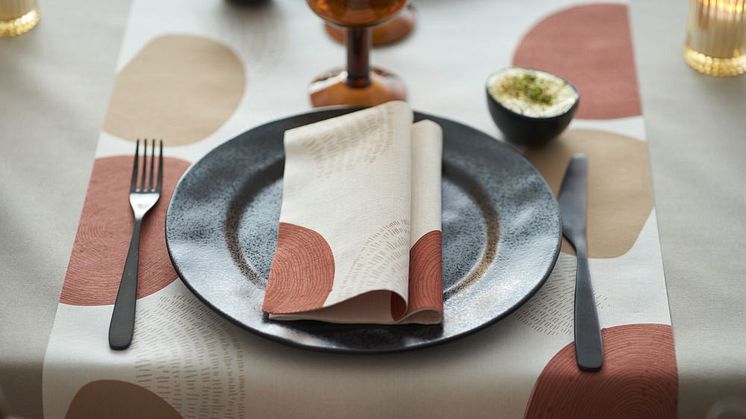
Blog post -
A Brief History Of Napkins
The humble napkin has come a long way since its origin, with a long and fascinating history that dates back to ancient times. Sometimes referred to as serviettes, napkins are today considered an essential product in the hospitality industry, used to provide guests with a convenient and hygienic way to wipe their hands and faces, and ultimately tying a restaurant table aesthetic together. In this blog, we’ll explore the history of napkins and how they have evolved over time to become an important aspect of the dining experience.
The origin of napkins can be traced back to ancient civilisations such as Greece and Rome, where they were originally produced from cloth or linen, and used primarily by the wealthy. These napkins were highly valued and were often decorated with intricate designs and embellishments to reflect the status of the person using them. In the Middle Ages, napkins began to be used more widely, and were made from a variety of materials including cotton and silk. During this time, napkins were used from predominantly practical purposes, such as wiping hands, cleaning utensils and cleaning up spills.

The widespread use of napkins continued to grow throughout the Renaissance, and it was during this period that the art of napkin folding become popular. This trend spread across Europe and eventually made its way to America. The industrial revolution in the 19th century brought about significant changes to the napkin industry with the invention of the printing press, which made it possible to mass produce napkins, making them more affordable and accessible to a wider audience. This prompted a boom in the industry as they began to appear more frequently in homes and restaurants. The 20thcentury saw the napkins evolve with the introduction of disposable napkins. These were manufactured from paper and designed to be used once and then thrown away making them both convenient and hygienic. This trend saw a significant reduction in the use of cloth napkins, which were seen as less practical and more expensive.
Following on from this, further innovation took place and airlaid napkins came to prominence in the 1980s. Airlaid offered a textile-like paper material which was manufactured from natural wood fibres and compressed into its final form by air. Where traditional paper napkins utilised water in the production process, airlaid napkins were seen as the more environmentally friendly solution as minimal energy needed to be used, as no water had to be evaporated. The result was a bulky, softer, and more porous material which was stronger than standard napkin tissue, even when wet. It was around this time that we launched our exclusive Duni Dunisoft® airlaid material offering a premium feel on par with linen to our wide base of customers which remains popular to this day.

In the hospitality industry, napkins now play an important role in setting the mood and atmosphere of an establishment and are available in a wide variety of colours, sizes, and materials. From elegant linen feel napkins in fine dining restaurants to brightly coloured paper napkins in fast food chains, napkins can be used to complement the overall style and theme of a venue as well as positively impact the dining experience of guests.